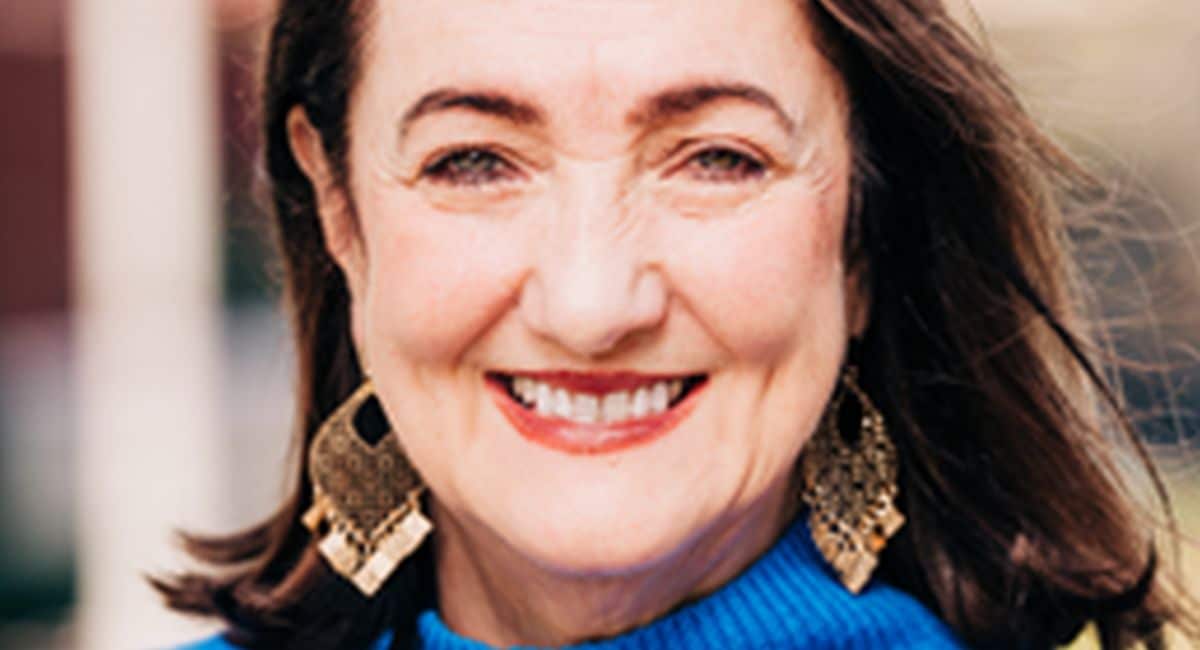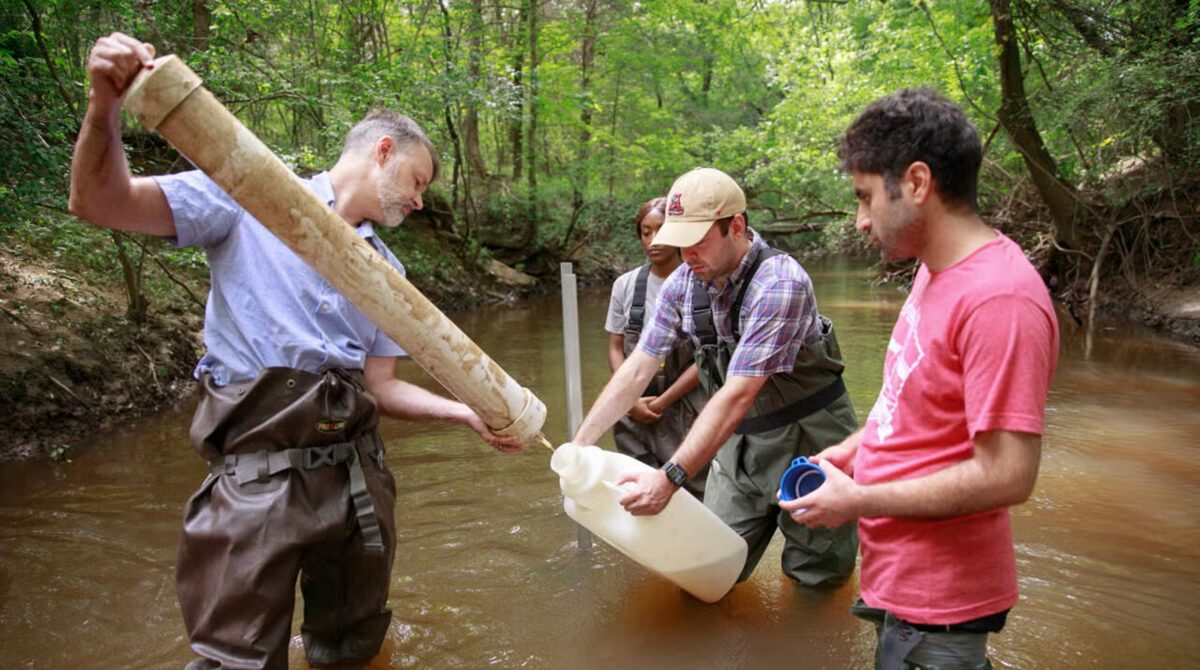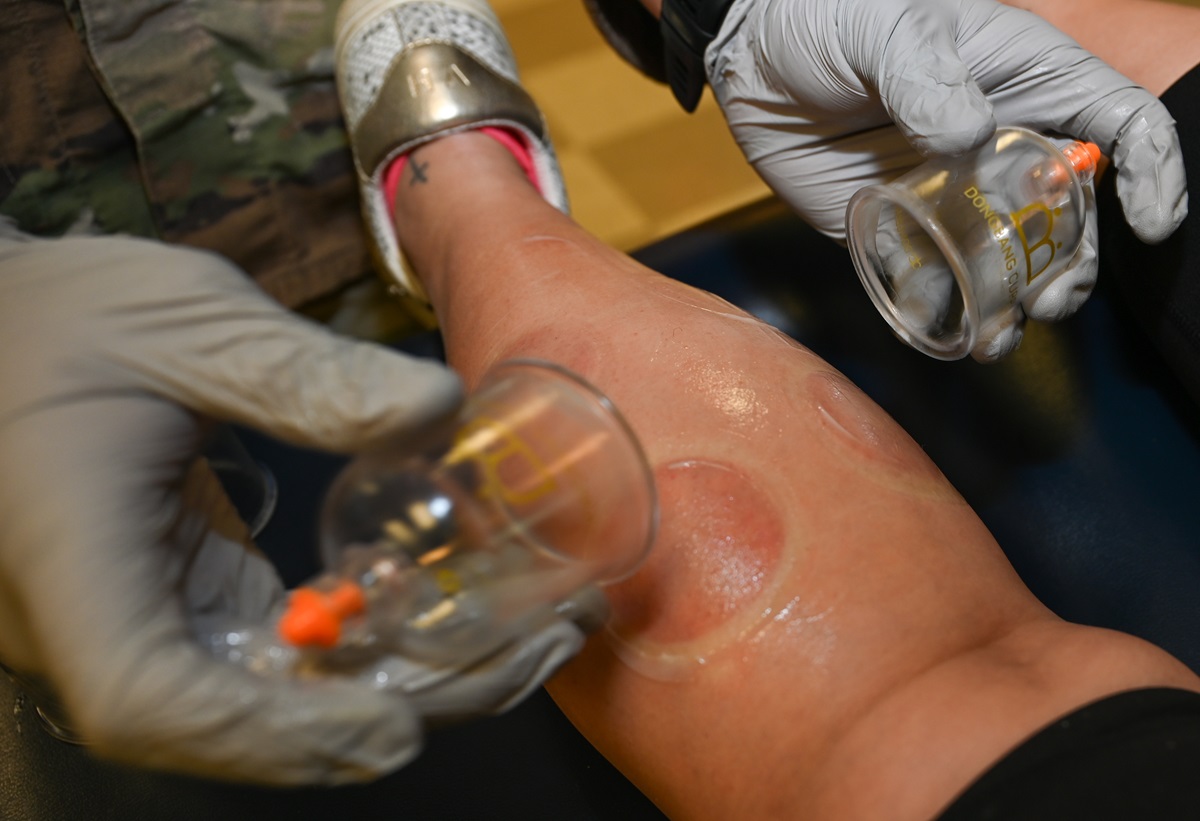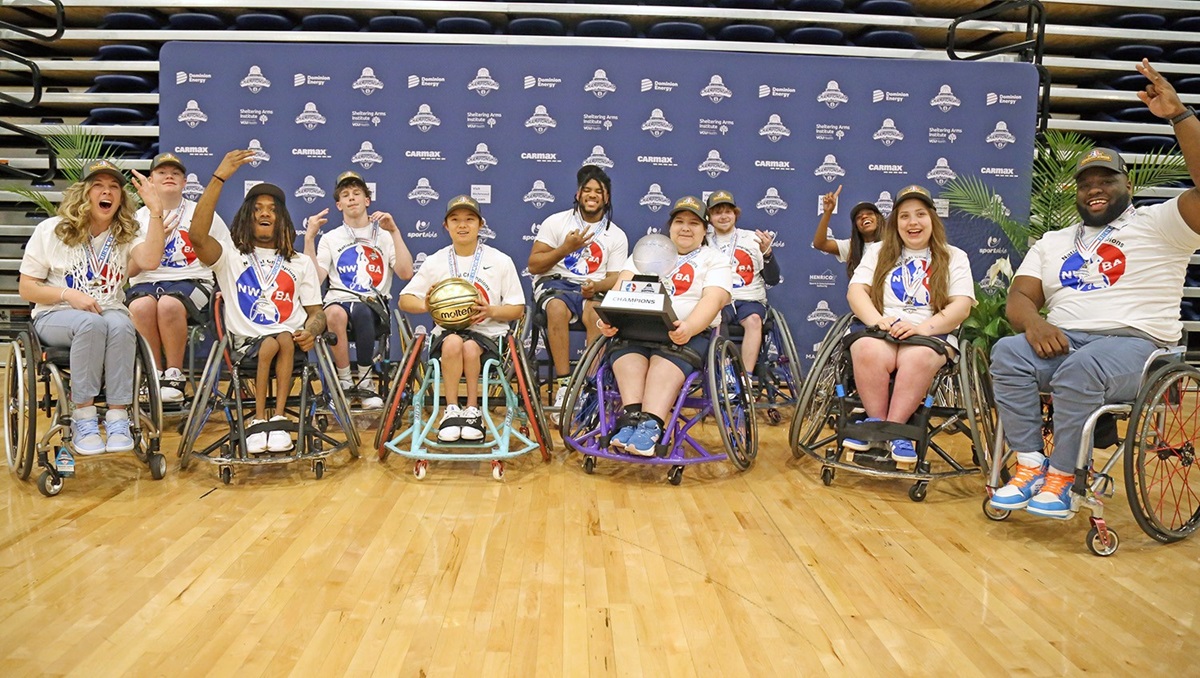The sound of resilience: A UAB patient’s journey from silence to song

When Birmingham resident Deborah Hays lost her voice after an intubation injury during surgery, she suffered the physical and psychological adversity of being unable to speak out loud. With the help of Dr. Bharat Panuganti and the UAB Voice Center, Hays is singing with her church choir and is able to talk with her family again. (UAB)
For two-and-a-half years, Birmingham resident Deborah Hays experienced the physical and psychological adversity of having a non-functional voice following an intubation injury that severely damaged the vibratory layer of her vocal folds during a procedure.
Many patients who suffer from inadvertent vocal cord injuries from routine intubations are simply told to give up hope, despite the efforts of many surgeon-scientists today, because there is no confirmed cure. But thanks to a University of Alabama at Birmingham physician, Hays would soon find her sound of resilience.
Sound of silence
“After my surgery, I woke up with pain but could not tell where the pain was coming from. My neck was aching, and they told me that it could be from the strain on my vocal cords,” Hays recalled. It was the first day of what would become Hays’ multiyear struggle to regain her ability to effectively communicate aloud.
She was referred to a specialist and underwent multiple treatments and voice therapy sessions. When she opened her mouth to speak, Hays could not make a sound above a whisper; even a whispered sentence strained her voice so much that it would often lead to painful coughing fits.

Dr. Bharat Panuganti of UAB’s Voice Center helped restore Hays’ voice. (UAB)
Her quality of life diminished. She was no longer able to sing in her church choir, or actively take part in conversations, or talk on the phone. But the hardest part was her inability to speak to her loved ones. Hays recalled a solemn memory of when her young grandchild asked if she would ever be able to hear her grandmother’s voice again.
Battling conflicting feelings of hopelessness and desperation, Hays knew she didn’t want to go through life without a voice and was determined to find a solution. She was referred to laryngologist Dr. Bharat Panuganti, who had recently joined the UAB Voice Center, a division in the Department of Otolaryngology.
After a consultation, Panuganti and his team tried a series of subepithelial dexamethasone injections to lift her epithelium tissue, one of the four main tissues in the body. The hope: that the injections would allow redistribution of the superficial lamina propria tissue into regions of her vibratory layer that were destroyed.
“Surgical rehabilitation of the voice in situations where the vibratory layer of the vocal fold is lost is an extremely challenging proposition,” said Panuganti, assistant professor in the UAB Marnix E. Heersink School of Medicine. “There is no existing injectable that reliably emulates the mechanical properties of the superficial lamina propria.”
But to Hays’ delight, after four injections, her granddaughter and loved ones got to hear her voice for the first time in more than two years.
“Many people take having a voice for granted. You don’t know how important something is until you lose it,” Hays said.
When asked what she would recommend to others suffering from voice loss, Hays emphasized to never give up hope and to find the right doctor.
“In Deborah’s case, and in the few patients in whom we have tried the technique, it has worked exquisitely well,” Panuganti said. “We believe, for patients who have suffered injury to the vocal folds, there may be a technically straightforward method to optimize their voice that does not require experimental or exogenous medical treatments, but a simple application of voice biomechanics and physiology.”
From silence to song
Today, Hays protects her voice health by drinking plenty of fluids and practicing singing scales, and she will most likely continue to undergo maintenance voice therapy.
Hays rejoined her church choir and is attending weekly rehearsals ahead of holiday performances. She says her journey is a melody of both personal perseverance and the care given by providers at UAB who believed in her recovery.
This story originally appeared on the UAB News website.





